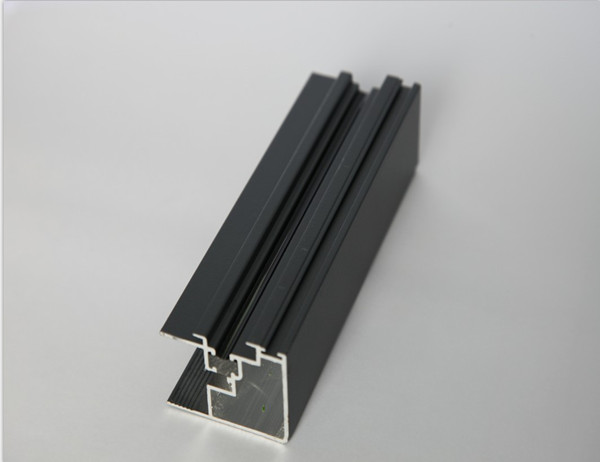In the ever-evolving landscape of architectural and industrial advancements, polished aluminum angle technology has emerged as a transformative force. Its exceptional versatility and aesthetic appeal have propelled it to the forefront of modern design, shaping the skylines of urban centers and revolutionizing industrial applications.
Unveiling the Advancements
The future of polished aluminum angle technology is marked by a convergence of innovative alloys, advanced manufacturing techniques, and cutting-edge surface treatments. High-strength aluminum alloys, such as 6063-T6, offer exceptional durability and resistance to corrosion, making them ideal for demanding outdoor environments. Cold-rolled and heat-treated processes enhance the structural integrity and surface smoothness of the angles.
Advanced anodizing techniques unlock a kaleidoscope of colors and finishes. Anodizing transforms the aluminum surface into a protective oxide layer, enhancing its weatherability and aesthetic appeal. From sleek silver to vibrant hues, the possibilities are boundless.
Sustainable and Energy-Efficient
The environmental imperative has sparked a shift towards sustainable building practices. Polished aluminum angles play a pivotal role in this paradigm, contributing to energy-efficient structures. Their reflective surface reduces heat gain, lowering the demand for air conditioning and cooling systems. Moreover, the use of recycled aluminum minimizes environmental impact and promotes circularity.
Industrial Applications
Beyond architectural facades, polished aluminum angles have become indispensable in various industrial applications. Their corrosion resistance, strength, and ease of fabrication make them ideal for machine frames, semiconductor chambers, and aerospace components. The precision engineering of these angles ensures precise alignment and dimensional stability, critical for high-performance systems.
Smart Technology Integrations
The advent of smart technology has opened new frontiers for polished aluminum angles. Embedded sensors and actuators can transform these structural elements into data-gathering platforms. They can monitor stress levels, detect vibrations, and provide real-time insights into the health of buildings and industrial structures. This data-driven approach enhances safety, optimizes maintenance practices, and reduces downtime.
Embracing the Future
As technology continues to advance, the future of polished aluminum angle technology promises to be both innovative and transformative. These sleek, durable, and versatile elements will continue to shape the skylines of tomorrow’s cities, enhance the efficiency of industrial processes, and contribute to a more sustainable and interconnected world.




